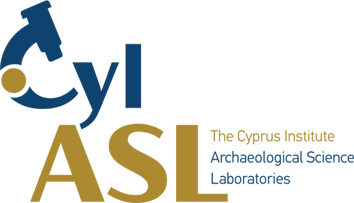Inorganic materials such as ceramics, metals, glass and stones are key elements of the archaeological record, alongside the bioarchaeological and environmental archaeological remains, and other tangible and intangible aspects of the human past. Our research covers the full range of artificial high-temperature materials, including plaster, ceramics, metals, glass and some pigments.
For ancient metals, recent research projects include the investigation of early medieval lead/silver and copper production in southern Morocco, jointly with Dr Sam Nixon of the British Museum. Another key project concerns the investigation of crucible steel production in central India, aiming to establish the internal organisation of this large-scale industry as well as its technological position within the wider crucible steel technology of the 2nd millennium CE between Central Asia and Sri Lanka. An important set of projects concerns the production and working of copper from Cyprus during the Late Bronze Age and the Roman period. Elsewhere, we are leading the scientific analysis of the Early Bronze Age complex metallurgy in Keros, building on the work of the late Dr Myrto Georgakopoulou.
The emphasis of much ancient glass research is on the identification of compositional groups among major assemblages, our interpretation of how these compositional groups evolved over time, and how their distribution across long distances can reveal early trade patterns as well as the economic standing of specific sites. Were their workshops dependent on recycling glass of whatever origin they could obtain, or had they access to fresh glass from one of the main production centres in the eastern Mediterranean? A major project here is the study of a legacy assemblage of a glass workshop from the Agora in Amathus, Limassol, excavated in the 1980s, in close cooperation with Dr Artemios Oikonomou.
Expertise in ceramic analysis is a relatively recent development at STARC. Currently, work focuses on Ottoman ceramic production workshops in Cyprus and Greece. A recently started major EU project, the MSCA-ITN PlaCe, contributes to the further expansion of ceramic studies at STARC.
Byzantine and Ottoman ceramic workshops
Nigerian glass making in the early 2nd millennium CE

